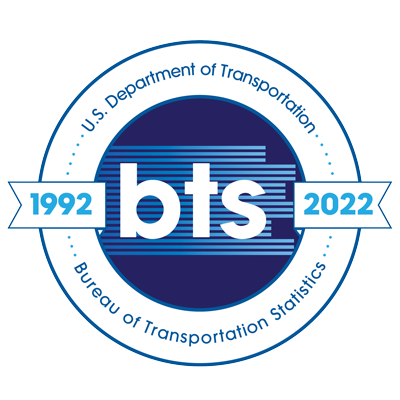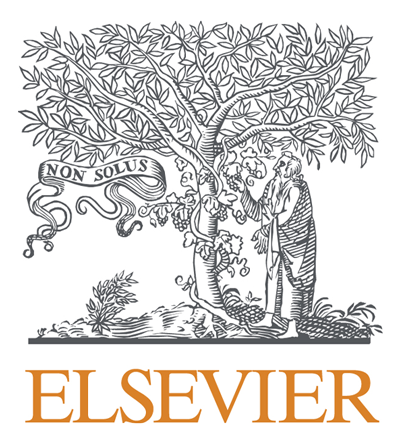Happy campers, happy campsites: How dispersed camping ambassadors balance resource protection and user satisfaction on public lands
Topics:
Keywords: recreation ecology, social-ecological systems, visitor satisfaction, visitor behavior, education efficacy, recreation impacts, tourism impacts, camping
Abstract Type: Paper Abstract
Authors:
Courtney Garrity, University of Wyoming, Haub School of Environment and Natural Resources, Laramie, WY
Abigail Sisneros-Kidd, Utah State University, Human Research Protections, Logan, UT
Brian Goldberg, Bridger Teton National Forest, Jackson, WY
Drew Bennett, University of Wyoming, Haub School of Environment and Natural Resources, Laramie, WY
,
,
,
,
,
,
Abstract
Managers of recreation on multi-use public lands must accommodate ecological and social values, which are often at odds. If managed unsustainably, recreation can cause negative impacts to natural resources and wildlife as well as lead to user displacement and dissatisfaction. If managed well, recreation can leverage pro-environmental behaviors and help communities achieve conservation goals. Ambassador programs are an increasingly popular strategy for providing on-site education and maintenance. While common at developed campgrounds, ambassadors at dispersed camping areas are a relatively new management tool and remain underrepresented in the literature. Here we present a multidisciplinary approach, using social surveys and resource condition surveys, to evaluate the efficacy of a dispersed camping ambassador program in achieving its three goals: improve camper education, enhance camper satisfaction, and reduce hazards and violations. We used four popular dispersed camping areas in Jackson Hole, Wyoming as our study area. Using t-test and regression models, we documented a clear effect between interacting with an ambassador and higher experience satisfaction. Knowledge of regulations fluctuated with experience level, local or non-local status, camper type (tent, RV, or car), and interaction with amabassador. Trash and food storage violations were reduced in areas with ambassadors, but waste and fire violations were not significantly predicted. These findings will be helpful in expanding the implementation, enhancing the efficacy, and supporting the funding of dispersed recreation ambassador programs.
Happy campers, happy campsites: How dispersed camping ambassadors balance resource protection and user satisfaction on public lands
Category
Paper Abstract








